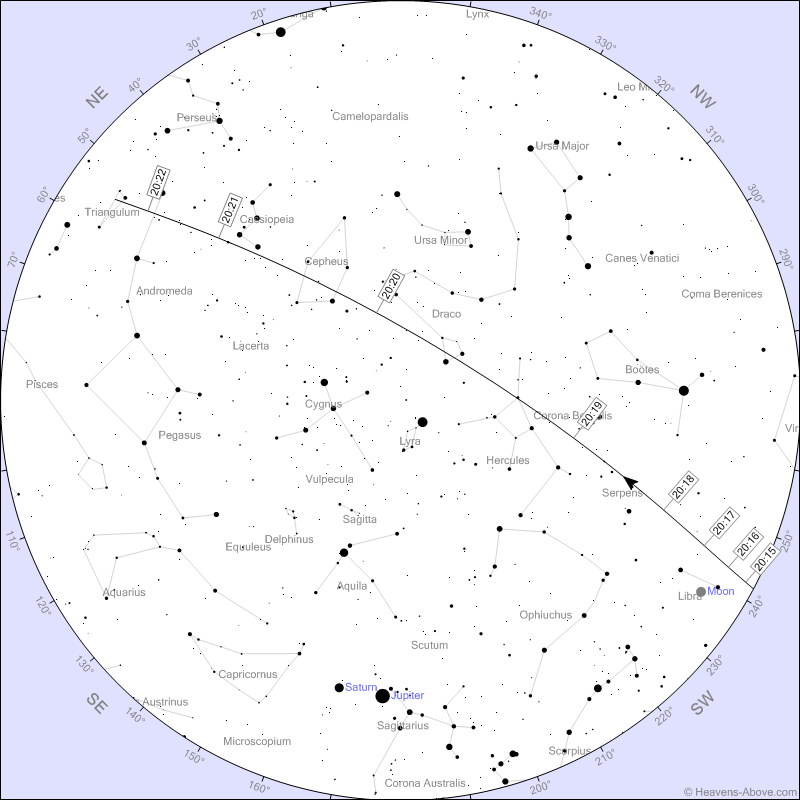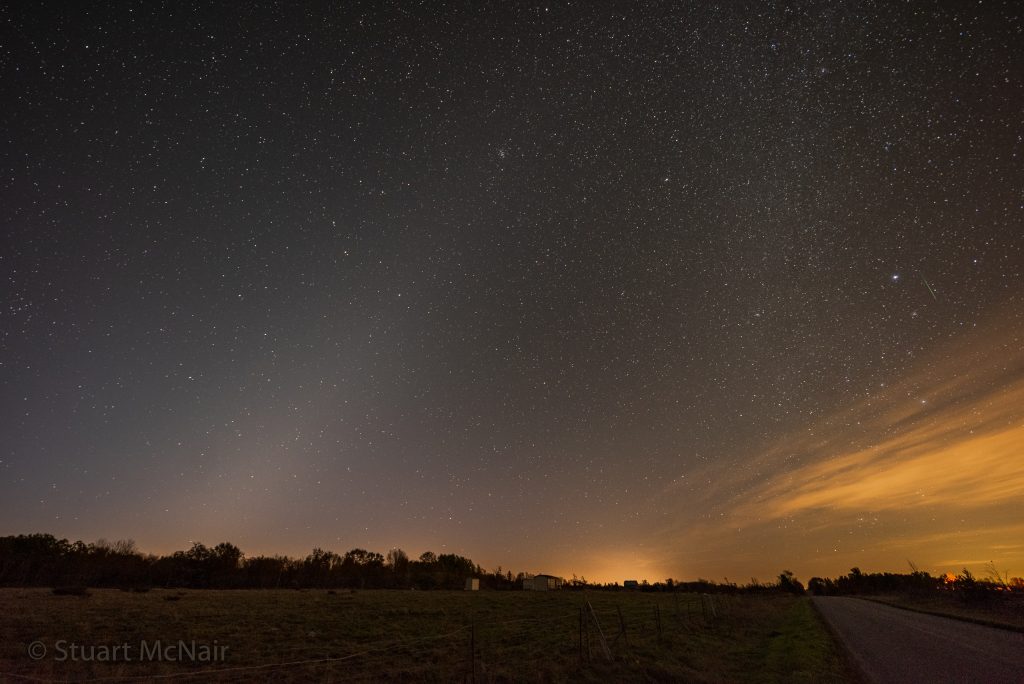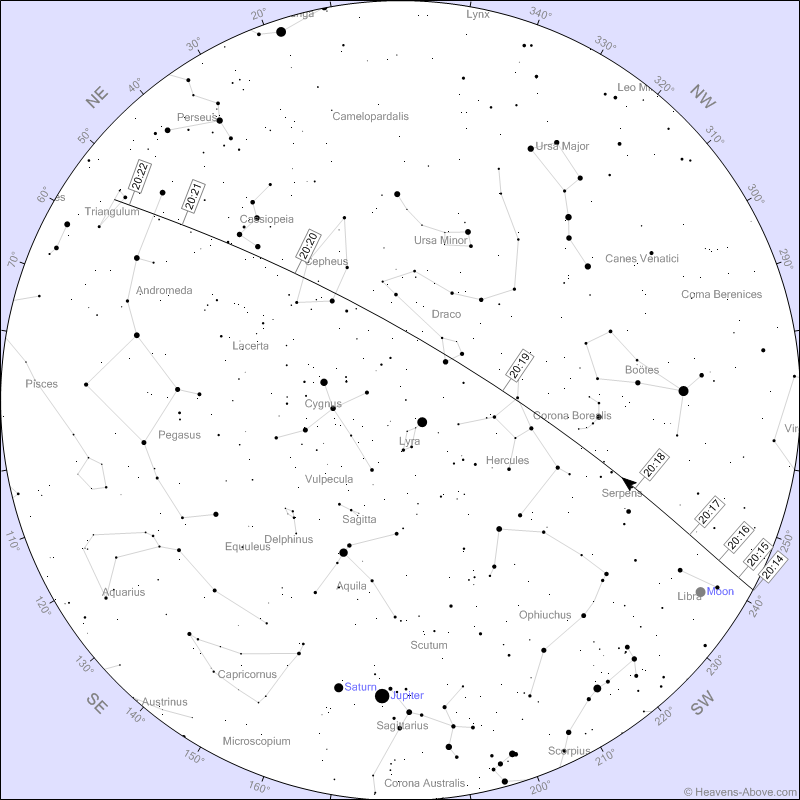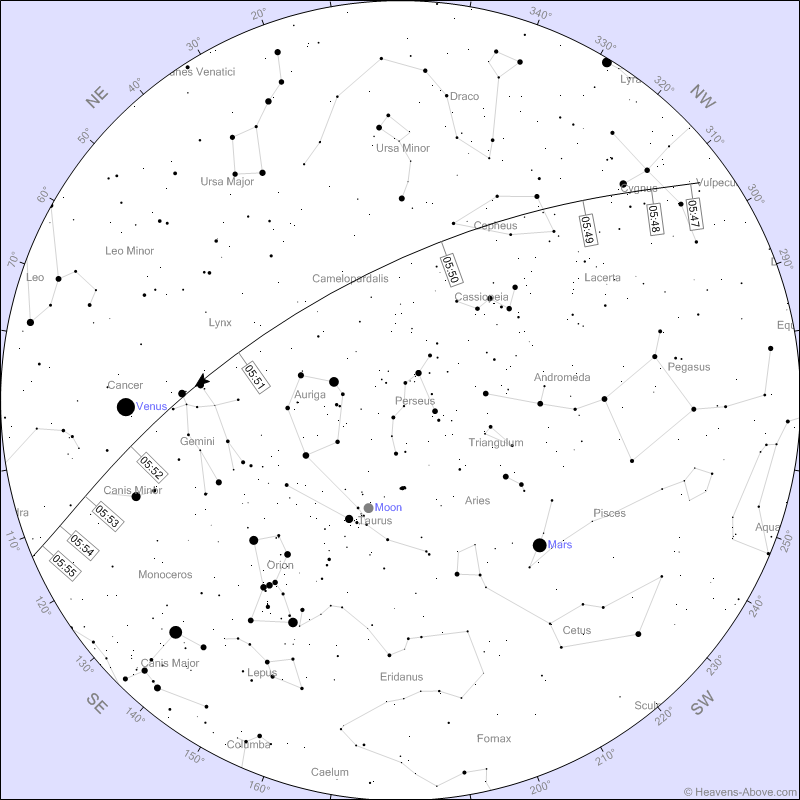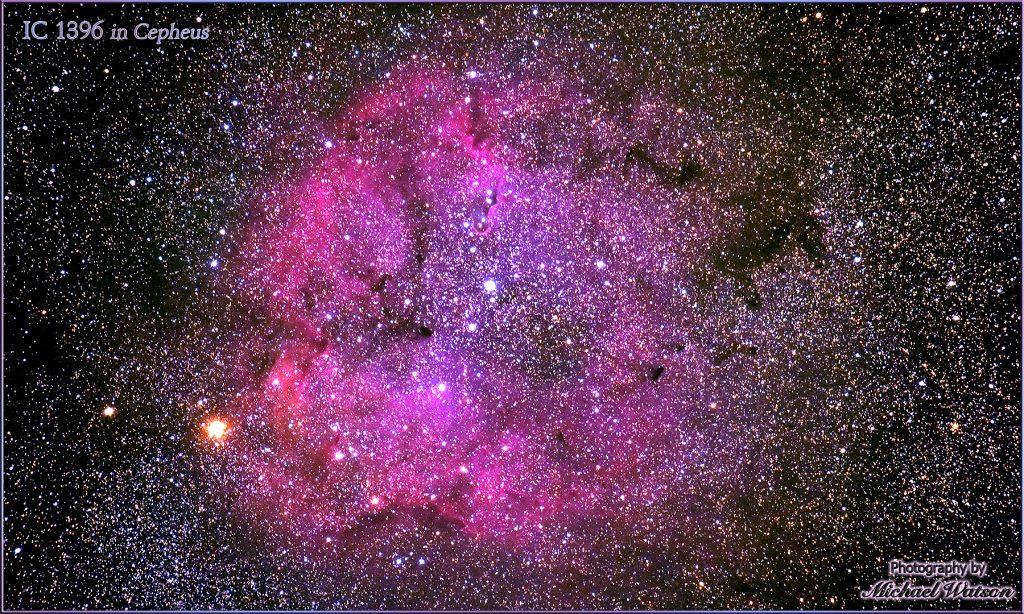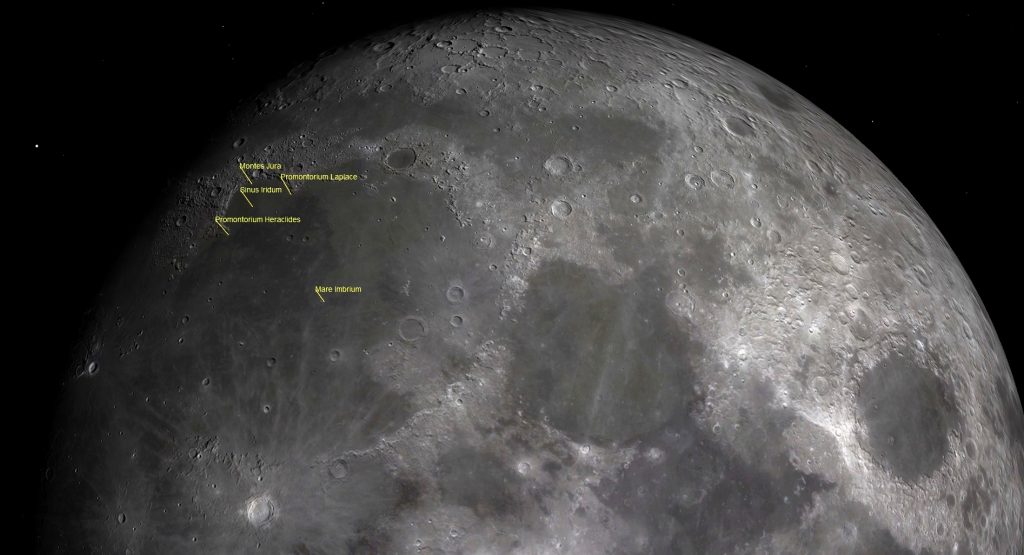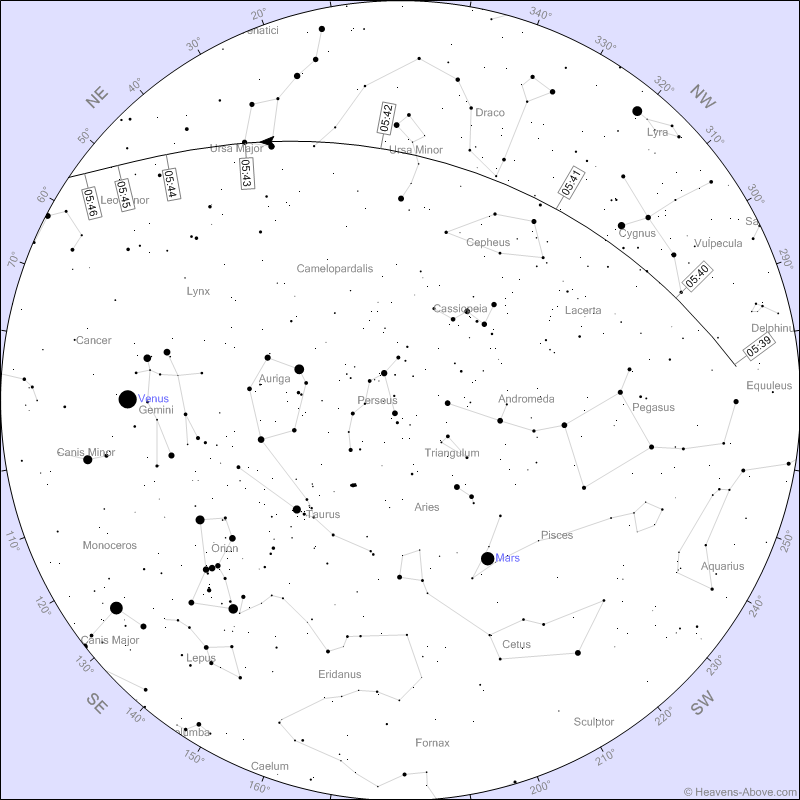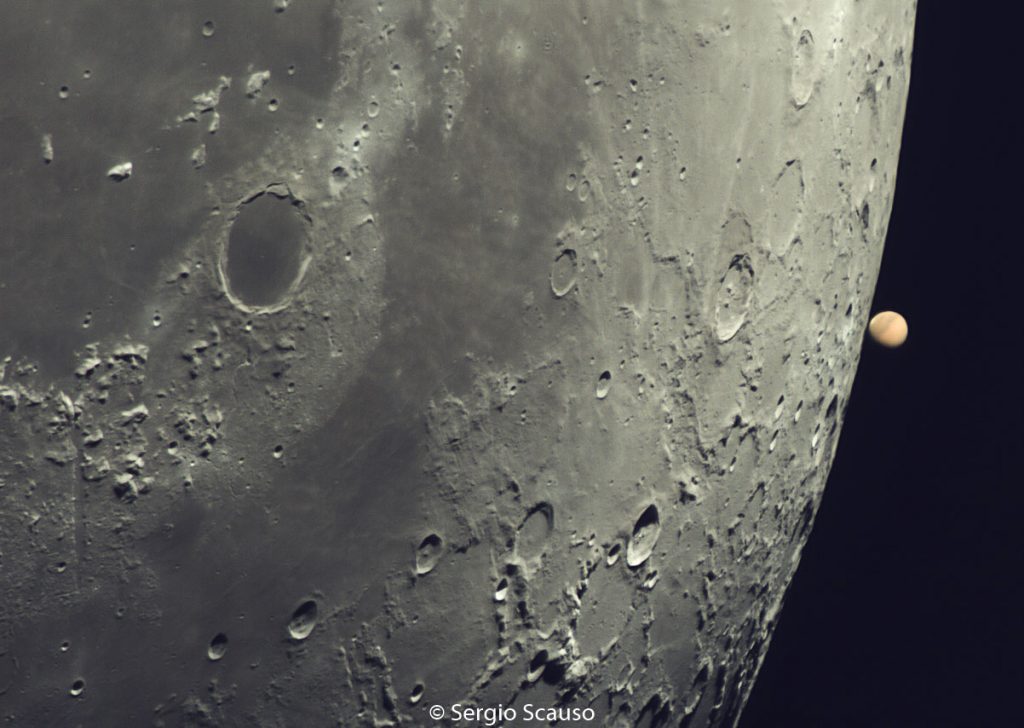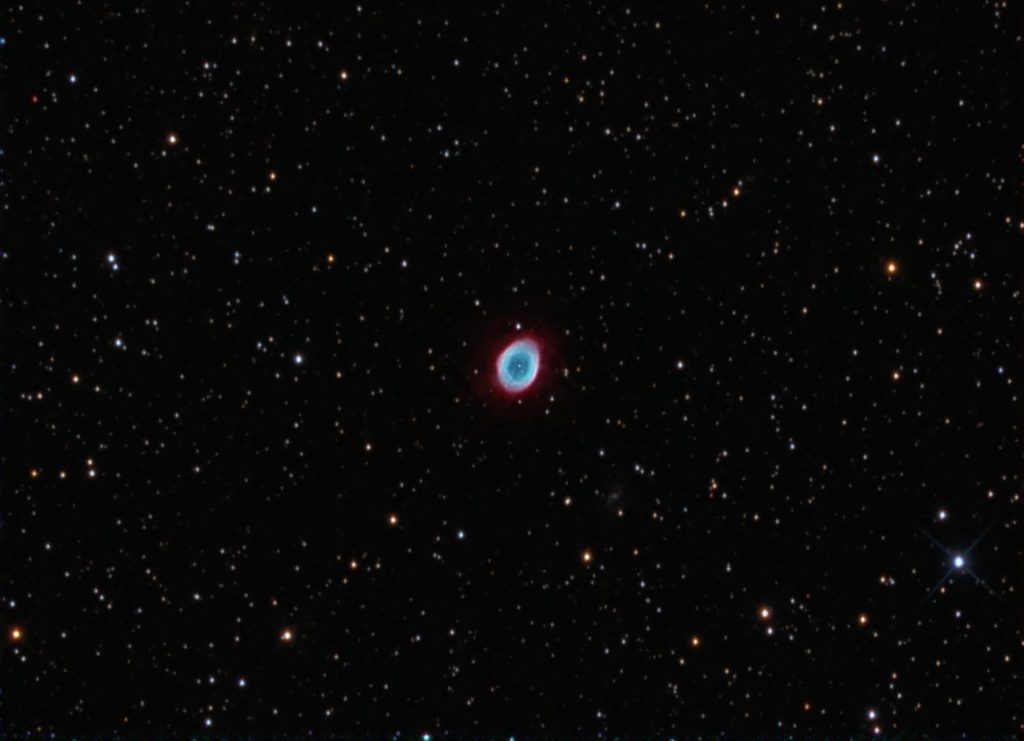Northern Autumn Arrives, the Evening Moon Clips the Scorpion’s Claw and Jumps Past Jupiter, and Venus Veers by Vesta!
This image of the young crescent moon by Dylan O’Donnell shows Earthshine – sunlight reflected off of Earth that slightly illuminates the dark portion of the moon’s Earth-facing hemisphere. Watch for it early this week. NASA APOD for March 20, 2015. Hello, Autumn Stargazers! Here are your Astronomy Skylights for the week of September 20th,…
Read more

